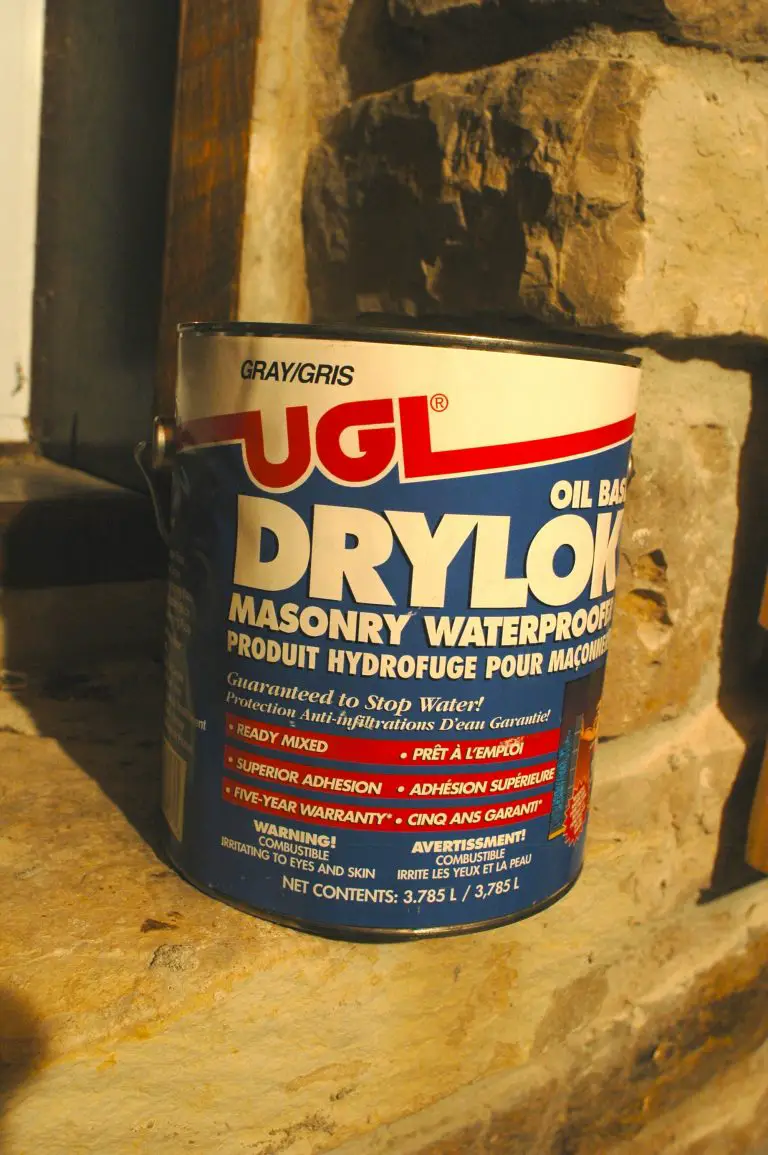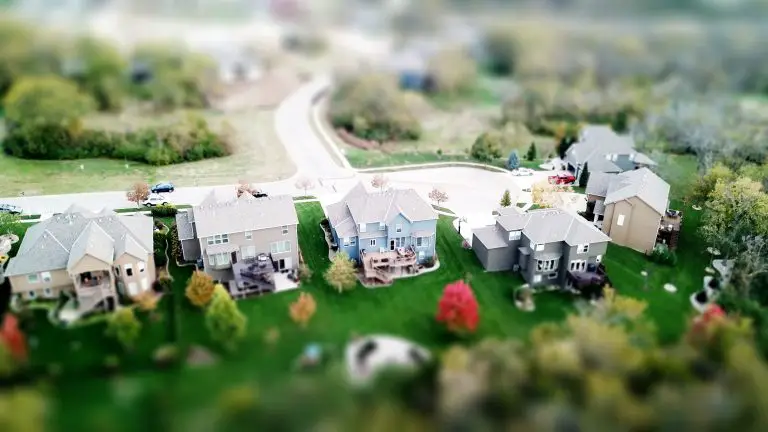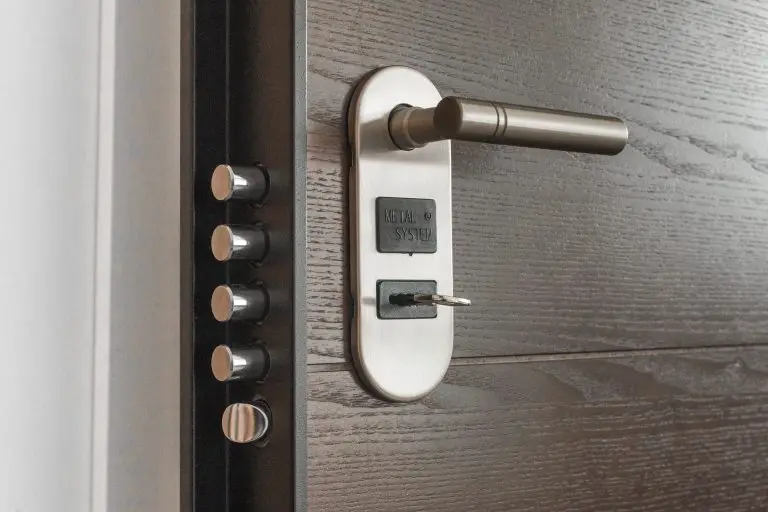 You’d think that anyone who lived through this past winter would have a deep appreciation for the value of home insulation. The quality of insulation that protects you from Canada’s cold, cruel blasts is the difference between comfort and deep down chill. It’s also the difference between reasonable heating expenses and financially crippling energy bills. With so much at stake Canadian homes should be really well insulated, right? They’re not. Most homes don’t live up to the rigors of our Canadian climate as well as they could given the state of insulation technology that’s available, and even brand new homes could perform so much better than they typically do. That’s where this article can help. You’ll learn about state of the art options for upgrading the insulation in existing structures, plus I’ll explain insulation strategies for additions, renovations and new homes. But before we get to the good stuff, you need to understand one type of homeowner horror story that’s been especially common during this long, cold winter.
You’d think that anyone who lived through this past winter would have a deep appreciation for the value of home insulation. The quality of insulation that protects you from Canada’s cold, cruel blasts is the difference between comfort and deep down chill. It’s also the difference between reasonable heating expenses and financially crippling energy bills. With so much at stake Canadian homes should be really well insulated, right? They’re not. Most homes don’t live up to the rigors of our Canadian climate as well as they could given the state of insulation technology that’s available, and even brand new homes could perform so much better than they typically do. That’s where this article can help. You’ll learn about state of the art options for upgrading the insulation in existing structures, plus I’ll explain insulation strategies for additions, renovations and new homes. But before we get to the good stuff, you need to understand one type of homeowner horror story that’s been especially common during this long, cold winter.
What Really Happens Inside Some Canadian Walls in Winter
Back in March I got this message from a reader by email:
“Is it normal to have water running out from between lengths of siding on my house?”
With more than a little panic in their voice, another homeowner asked:
“Why did water come out of my walls when I took the baseboard off for painting?”
An angry homeowner wonders who to blame when he asked:
“How come my drywaller found heavy frost inside the vapour barrier this winter before he put up drywall in my custom-built new home?”
I hear stories like these each year from readers, and though details vary, the root of the problem is always the same. Too many Canadian homes – even brand new homes – are built with hollow stud frame walls and flawed vapour barriers that allow warm, moist indoor air to make its way into hollow wall cavities. And when this happens during cold weather, that indoor air cools as it migrates closer to outside wall surfaces. Eventually the air cools to the point where it can’t hold the moisture it used to be able to hold at higher temperatures. When this happens liquid condensation droplets or frost develops deep inside walls. If this happens enough within the wall cavity, liquid water starts rolling out from behind baseboards as the weather warms up. Sometimes this frost develops on the outside of walls underneath siding, but the effect is the same. As it warms up outside the frost melts and water starts running down. It’s a distressing and damaging dynamic, and I mention it right here at the start because any good insulation strategy needs to be able to stop hidden air leakage and condensation, plus the mold and rot that it triggers. That’s why you need to understand technical options for better insulation as well as lowering condensation risks.
Insulation Insight#1: Rigid Exterior Insulation Offers Dual Benefit
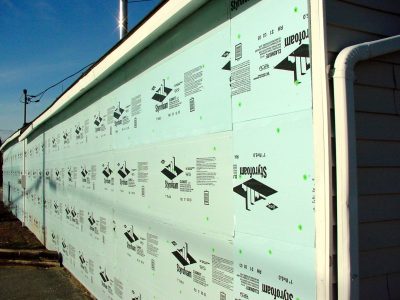 About 20% of the surface area of the average wood frame wall is studs and plates and rough frames that extend from interior wall surfaces all the way to the outside. And since wood has an insulation value of only R1 per inch, this means that fully one-fifth of most exterior walls offers 75% less insulation value than current building codes demand. This is also one reason why adding some type of rigid insulation on the outside of exterior walls offers a lot of benefit. It breaks the thermal bridging that all those studs, wall plates and rough window frames create, but it also does one other very important thing. Insulation added to the outside surface of hollow walls warms the internal wall cavities during winter, greatly reducing the danger of condensation. Rigid foam or rigid mineral wool boards both offer excellent performance on exterior wall surfaces.
About 20% of the surface area of the average wood frame wall is studs and plates and rough frames that extend from interior wall surfaces all the way to the outside. And since wood has an insulation value of only R1 per inch, this means that fully one-fifth of most exterior walls offers 75% less insulation value than current building codes demand. This is also one reason why adding some type of rigid insulation on the outside of exterior walls offers a lot of benefit. It breaks the thermal bridging that all those studs, wall plates and rough window frames create, but it also does one other very important thing. Insulation added to the outside surface of hollow walls warms the internal wall cavities during winter, greatly reducing the danger of condensation. Rigid foam or rigid mineral wool boards both offer excellent performance on exterior wall surfaces.
Insulation Insight#2: Choose Denser Batts
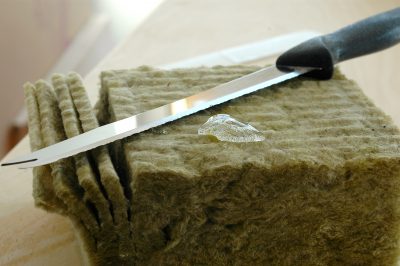 If you do have to install batt insulation, the stiffer and denser they are the better. A dense batt is more easily trimmed to fit precisely within a wall frame, and precision fit is a very important part of top quality performance when you’re using batts. A denser insulation batt is also better able to resist energy sapping air movement within a wall cavity, and it’s more resistant to water damage if some kind of leakage does occur. All this is why I prefer stone wool insulation products when batts are required. They’re becoming more common, and the stone wool insulation we get here is made in a Canadian plant.
If you do have to install batt insulation, the stiffer and denser they are the better. A dense batt is more easily trimmed to fit precisely within a wall frame, and precision fit is a very important part of top quality performance when you’re using batts. A denser insulation batt is also better able to resist energy sapping air movement within a wall cavity, and it’s more resistant to water damage if some kind of leakage does occur. All this is why I prefer stone wool insulation products when batts are required. They’re becoming more common, and the stone wool insulation we get here is made in a Canadian plant.
Insulation Insight#3: Consider Non-Typical Home Insulation Options
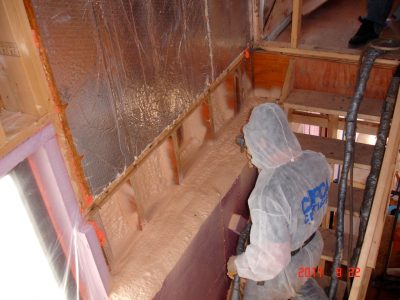 The homebuilding business is not known for rapidly embracing innovation, but when new and better ways of doing things finally do come along there usually here to stay. Spray foam insulation applied to stud frame walls is one way of getting maximum insulation performance with no chance of internal wall condensation. Insulated concrete forms (ICFs) offer an excellent masonry basement option. Some builders also use them for above ground walls. Structural insulated panels (SIPs) offer a very fast method of building that also makes it easy to create a sealed structure with very low air leakage.
The homebuilding business is not known for rapidly embracing innovation, but when new and better ways of doing things finally do come along there usually here to stay. Spray foam insulation applied to stud frame walls is one way of getting maximum insulation performance with no chance of internal wall condensation. Insulated concrete forms (ICFs) offer an excellent masonry basement option. Some builders also use them for above ground walls. Structural insulated panels (SIPs) offer a very fast method of building that also makes it easy to create a sealed structure with very low air leakage.
Governments have served notice that they will be ratcheting up minimum energy standards for new home construction as time goes on. That’s already happened with building codes across a number of Canadian provinces and the requirements will continue to climb. It’s only a matter of time before today’s innovations become tomorrow’s mainstream. And with something as vital as home insulation, doesn’t it make sense to jump on board with the best stuff you can find today?
Insulated Panel Floors
Let’s say you’re building a sunroom or a breakfast nook or some other addition that extends beyond the main house without a basement. The main challenge here will be how to keep your feet warm, because without a basement the wintertime air underneath your lovely new addition will be cold enough to cause frostbite. The usual approach to warming raised floors like this is batt insulation stuffed between joists, but this isn’t very effective or durable. A better option is to build the floor without any joists at all. Structural insulated panels have a long history of use for foundation walls, above ground walls and roofs, but few people understand that they also make a rigid and very well insulated floor. Panels like these can easily span 16 feet without any additional support, so they’re easy to build with, plus they’re highly functional.
Top Cold and Mold Hotspot in Canadian Homes
Is your basement unfinished? If it is, look up at the ceiling where the floor joists meet outside walls. If there is any batt insulation up there, chances are good that if you pull it off you’ll find gray or black mold on the side that’s normally hidden from view. In fact, if you pull this insulation off during cold weather, you’ll probably find that it’s at least a little wet to the touch. This moisture is a product of the cooling and condensation dynamic I explained at the beginning of this story, And it’s especially likely to occur where floor frames meet outside walls. That’s because it’s next to impossible to seal this area properly under a polyethylene vapor barrier. Sure, some builders try to, but the fact is success cannot be achieved in this way. Foam is the only option that works to insulate and seal against condensation in this location. A 3”-thick layer of closed cell spray foam insulation is an excellent solution, though there is a less expensive do-it-yourself approach. Use a handsaw to cut 2”-thick pieces of rigid, extruded polystyrene foam so there is a 1/2” to 3/4” gap between each piece of foam and the surrounding wood framing members. Use construction adhesive or hot melt glue to hold the foam in place so a gap exists around all four sides. Fill this gap with spray foam from a handheld can to seal against air leakage and you have an energy efficient and condensation-proof installation at a reasonable price. Don’t use thinner foam or the cheaper white, beady expanded polystyrene foam. Both will allow indoor air to migrate through them, causing condensation to develop on the cold side during cold weather.







